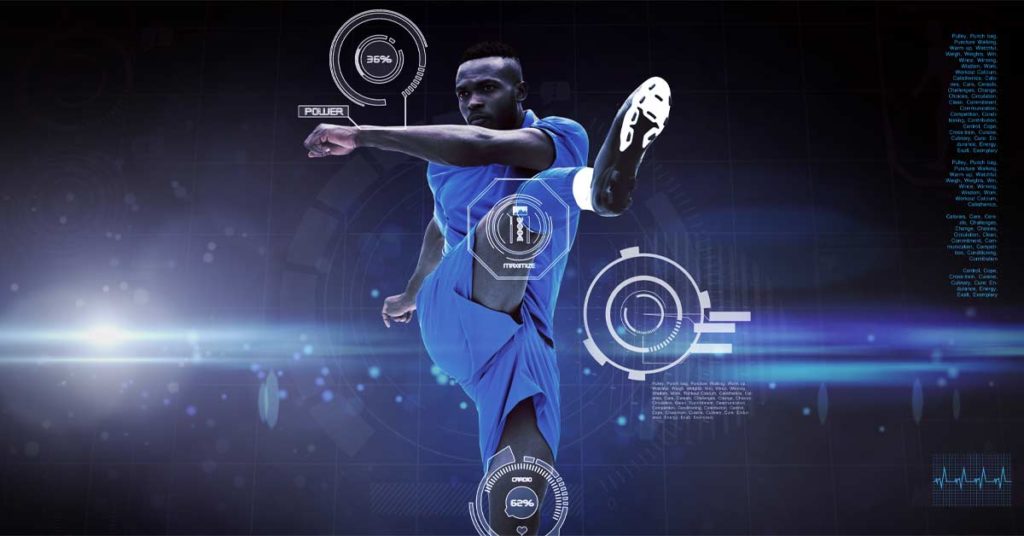By Felicia Nwosu
Grand View Research has revealed that the growing popularity of sport as a significant source of entertainment, alongside the increasing need for effective audience engagement, is driving the growth of sports technology market.
It reported that Sports Technology Market Size is poised to reach $55.14 billion by 2030, with a projected growth at a CAGR of 20.8% from 2023 to 2030.
It added that the introduction of diverse wearables has equally helped to register a CAGR of nearly 14% over the forecast period with increasing adoption of monitoring tools to facilitate athletic training, recovery after an injury, and in-game performance
The report addef that the considerable rise in the number of sports events across the globe has provided sports technology companies with ample opportunities to cater to the market by thoroughly understanding the components related to sports by monitoring athletes and events.
The reported data, which showcased a huge increase in the sales revenue, indicated that it was propelled by the surge in the demand for technology-based services in the sports industry, driven by a strong emphasis on audience participation and entertainment activities and in tandem with the digitization of sporting infrastructures.
Affirming that today professional sports organizations are currently leveraging new technologies such as wearable gadgets, sports data analytics, smart stadiums, and digital signage to engage spectators, the report pointed that these smart moves have helped to create smart infrastructures, and improve team performances, thereby driving the growth of the market.
There is also an indication that the rising use of social media, the Internet of Things (IoT), and data analytics are helping the market to witness an extensive upward movement in its growth size.
Grand View Research noted that lots of factors such as budgetary restrictions and substantial initial costs in setting up and maintaining the sporting business, are however becoming hindering forces and acting as constraint to its expansion, thereby posing sports technology as unattainable due to high cost.
The data-centric body emphasized the need for stadium owners to make significant investments towards employing cutting-edge technology to encourage participation by setting up a well-defined sports stadium with tech-driven processes.
In all, the positive shift in sports market growth was attributed to the increased adoption of smart technology in the stadiums which has enhanced experience, increased operational efficiency, and improved safety.







Comment
No comments found.